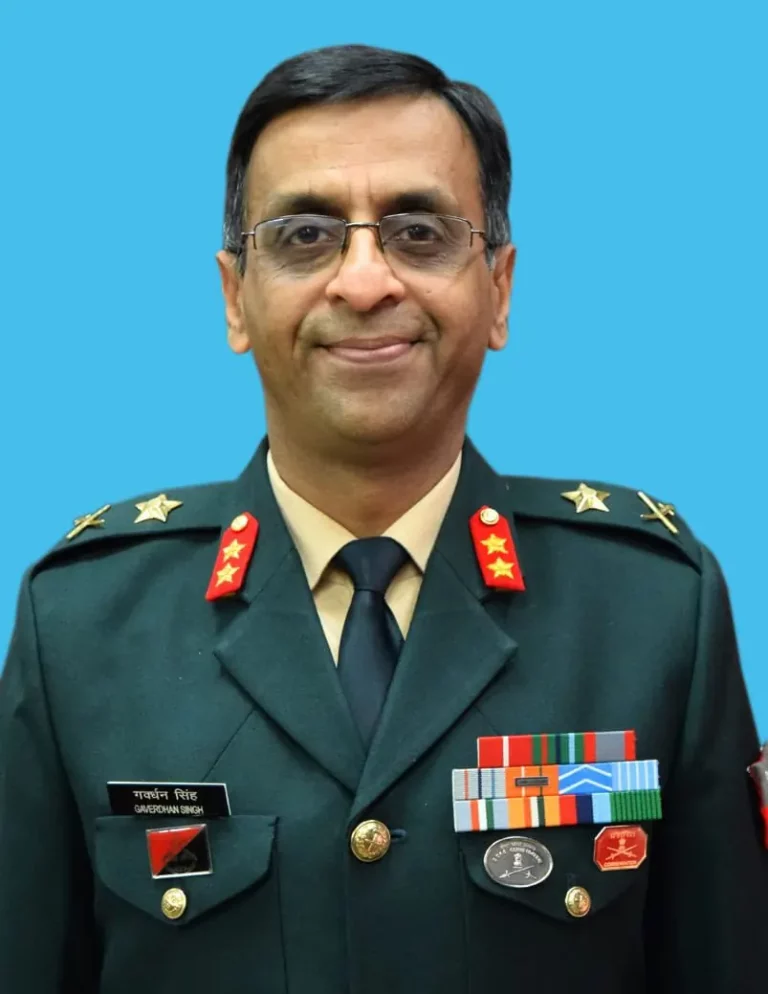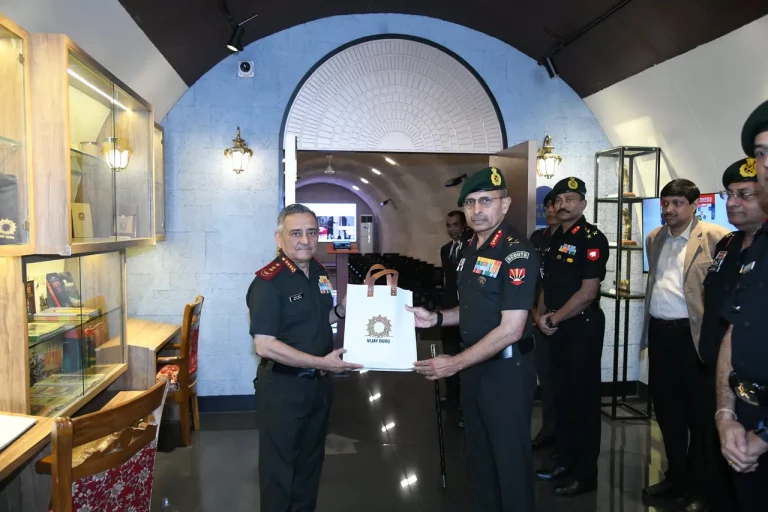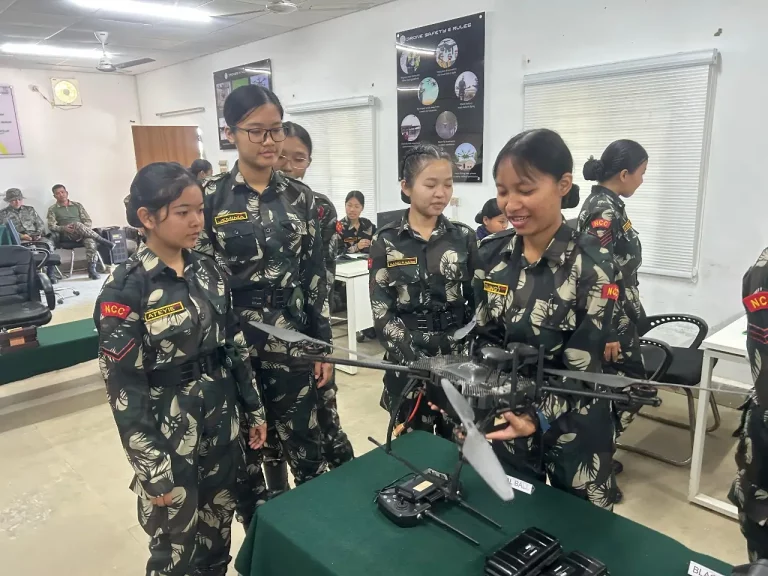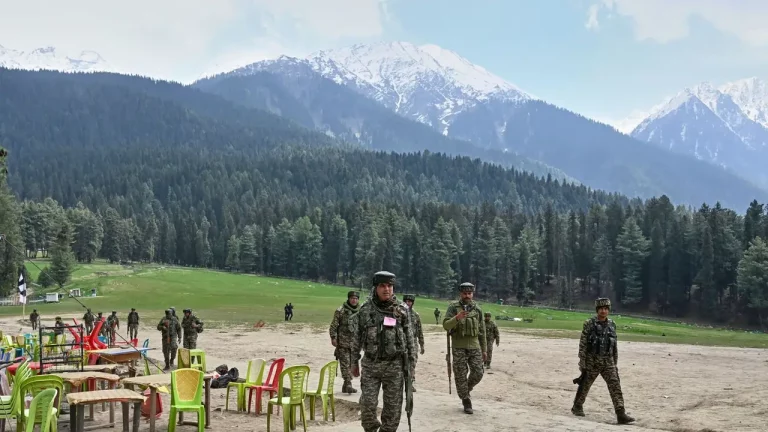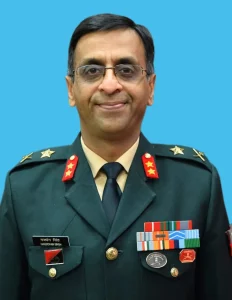In a significant move aimed at enhancing military readiness, the Indian Ministry of Defence has officially activated 14 infantry battalions of the Territorial Army for strategic deployments across several key military commands. This vital deployment, set to take effect from February 10, 2025, until February 9, 2028, will involve the positioning of these units under the Northern, Western, and Eastern Commands, among others. The decision reflects India’s measured response to a landscape of escalating geopolitical challenges.
The formal notification, authored by Major General G.S. Choudhry, is based on Rule 33 of the Territorial Army Rules, 1948. It empowers the Chief of the Army Staff to mobilize these battalions for essential tasks such as guard duties, administrative functions, and operational support. Units will be distributed across various commands, including the Central Command, Northern Command, Southern Command, Eastern Command, Western Command, Army Training Command (ARTRAC), and the Andaman and Nicobar Command. Financial implications of this deployment will be managed by the relevant ministries that utilize the Territorial Army’s services, excluding the Ministry of Defence itself.
This strategic decision is particularly timely, given the heightened security concerns along India’s borders with Pakistan and China. The recent terror attack in April 2025 in Kashmir, which resulted in the deaths of 26 civilians and security personnel, along with ongoing military vigilance following the Galwan Valley clashes in 2020, underline the urgency for enhanced military preparedness. Sources within the military indicate that this deployment serves a dual purpose: acting as a deterrent and alleviating some operational burdens from the regular army.
The Territorial Army, which serves as a volunteer reserve force, was established in 1920 and restructured in 1948. Historically, it has played a pivotal role in India’s defense framework, primarily tasked with static and support functions that allow regular army units to concentrate on high-intensity combat operations. The Territorial Army has also made contributions to internal security, counter-insurgency efforts, and disaster response initiatives.
This recent activation signifies a broader shift in India’s defense strategy, emphasizing the increasing significance of layered, long-term deployment capabilities. The Northern Command, responsible for securing the Line of Actual Control (LAC) with China, and the Western Command, which manages the frontlines with Pakistan, are focal points of this strategy. Meanwhile, the Eastern Command oversees the sensitive northeastern front, which also includes critical segments of the LAC.
Additionally, this deployment aligns with ongoing organizational changes, including discussions regarding the establishment of a new XVIII Corps under the Central Command, tasked with operations in the central LAC region. Reports of Pakistani assertions regarding an imminent Indian incursion following the Kashmir terror attack have further heightened the urgency around military readiness.
Though the deployment order is publicly accessible via the Gazette of India, it has ignited discussions among defense analysts regarding India’s military stance and the increasing role of reserve forces in frontline strategies. By officially activating the Territorial Army for an extended three-year period across multiple commands, India underscores its commitment to maintaining operational flexibility, strategic deterrence, and safeguarding its territorial integrity in a rapidly evolving regional security environment.




